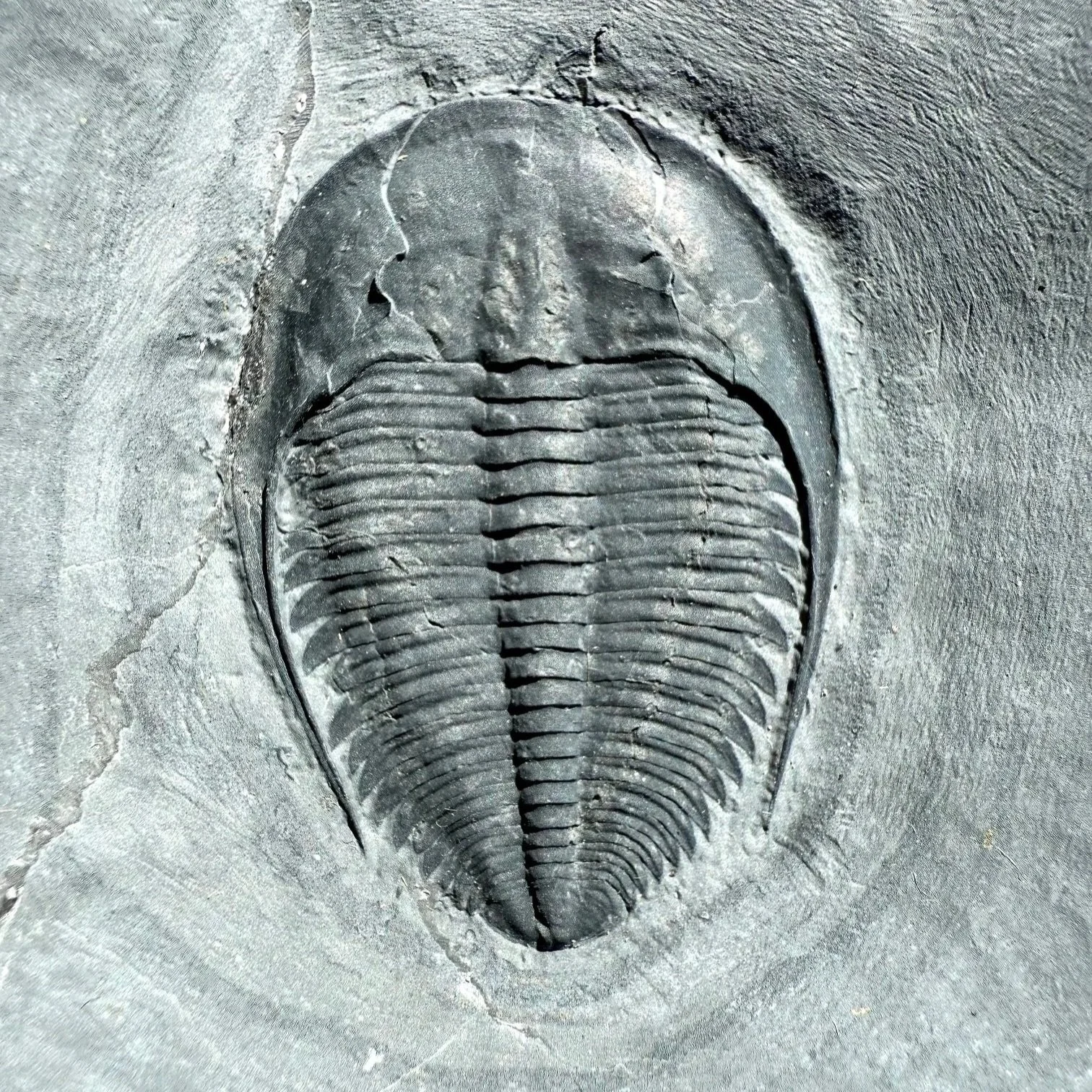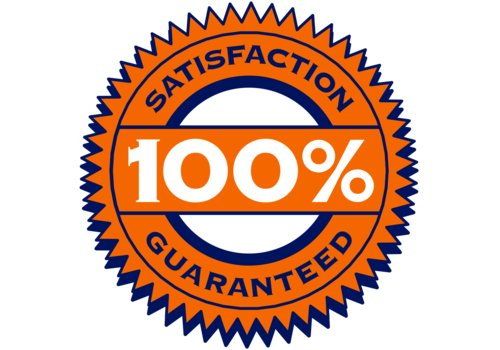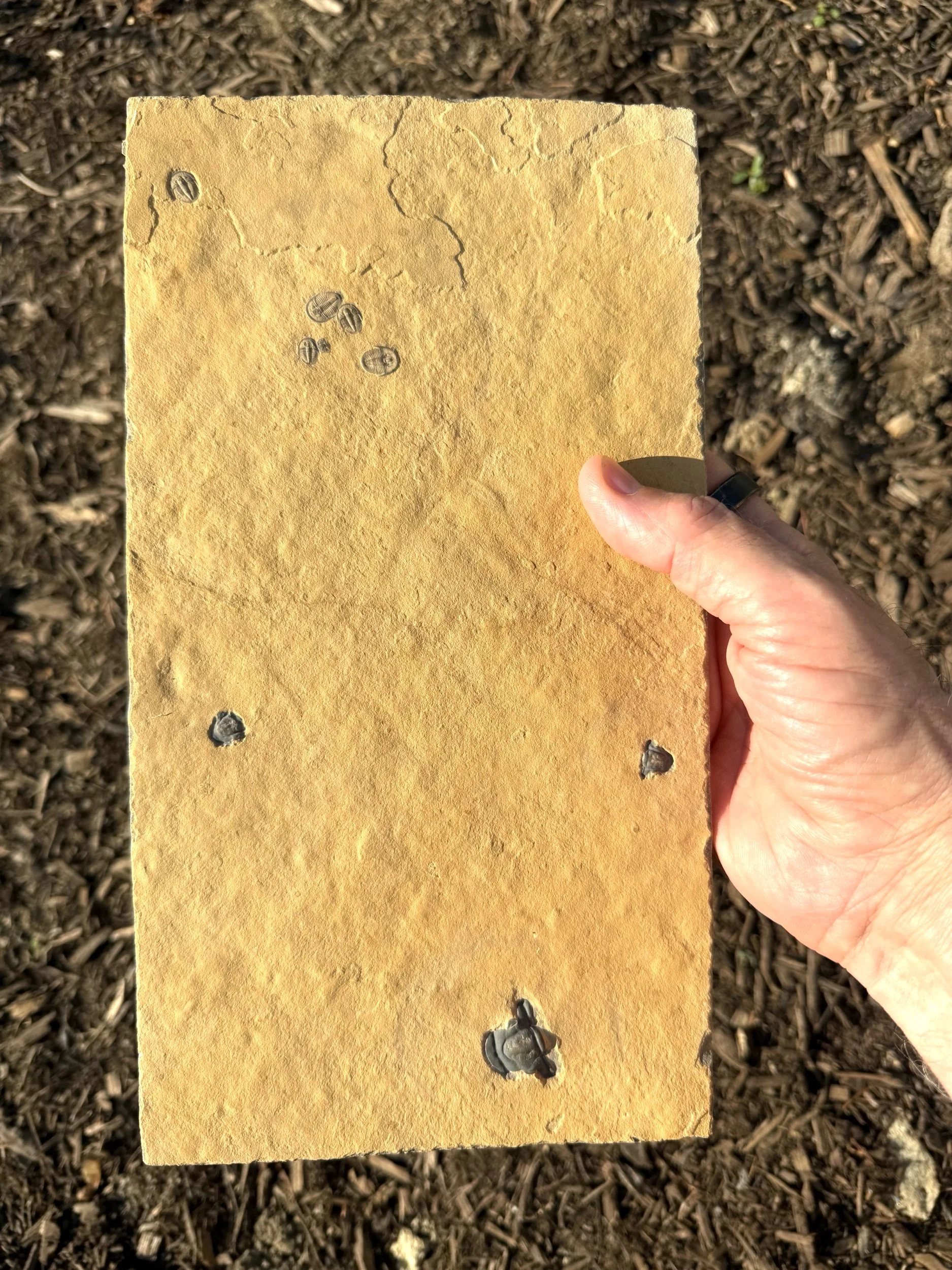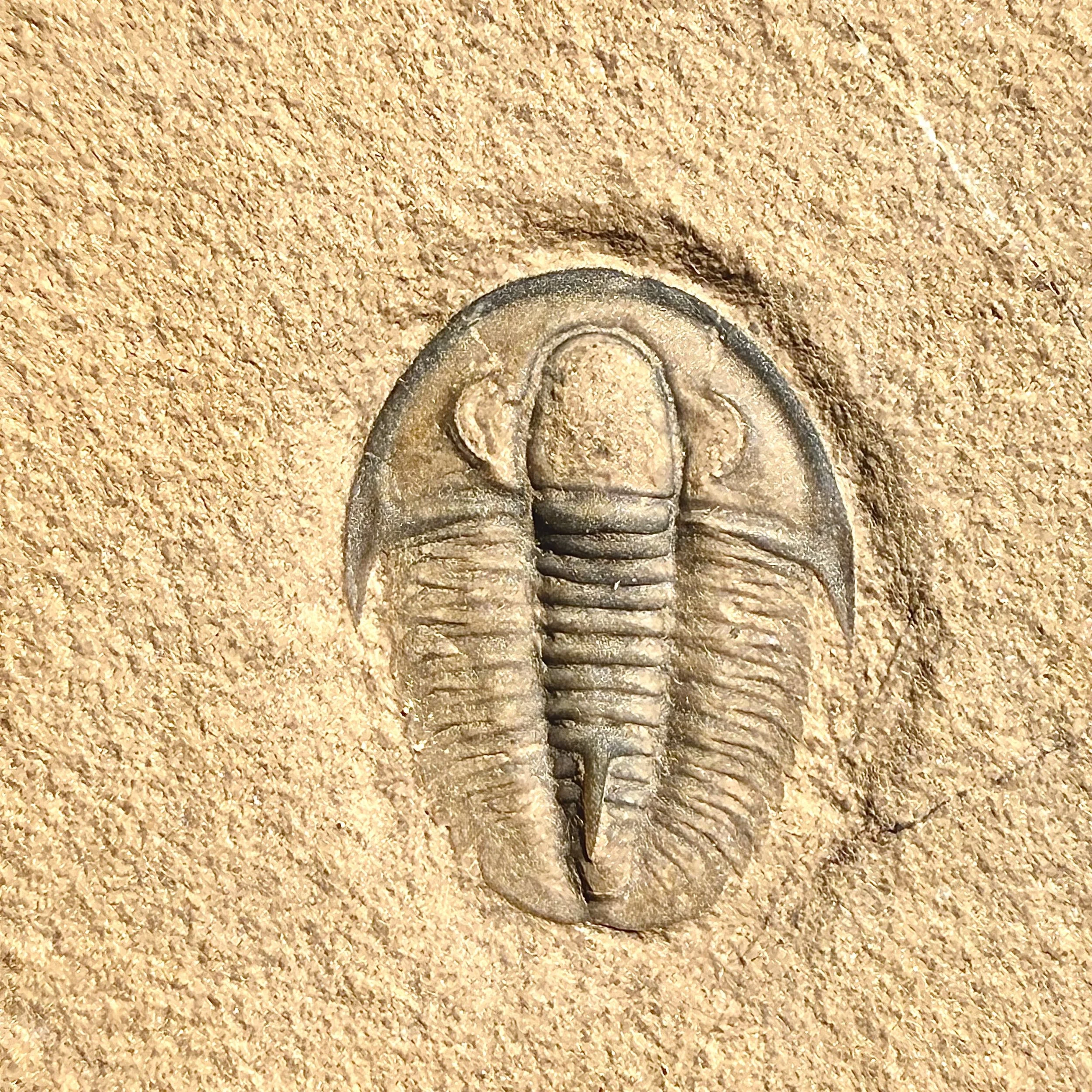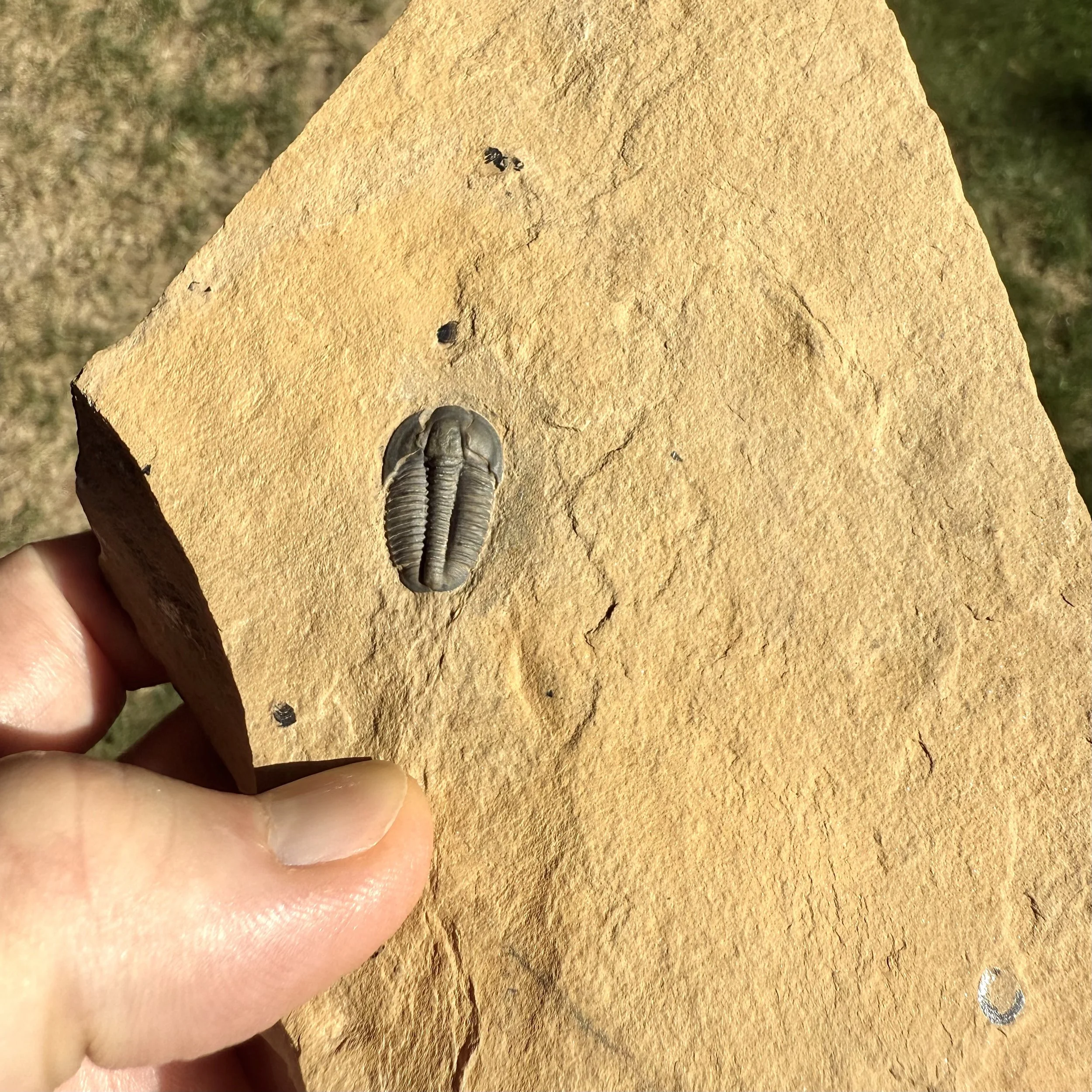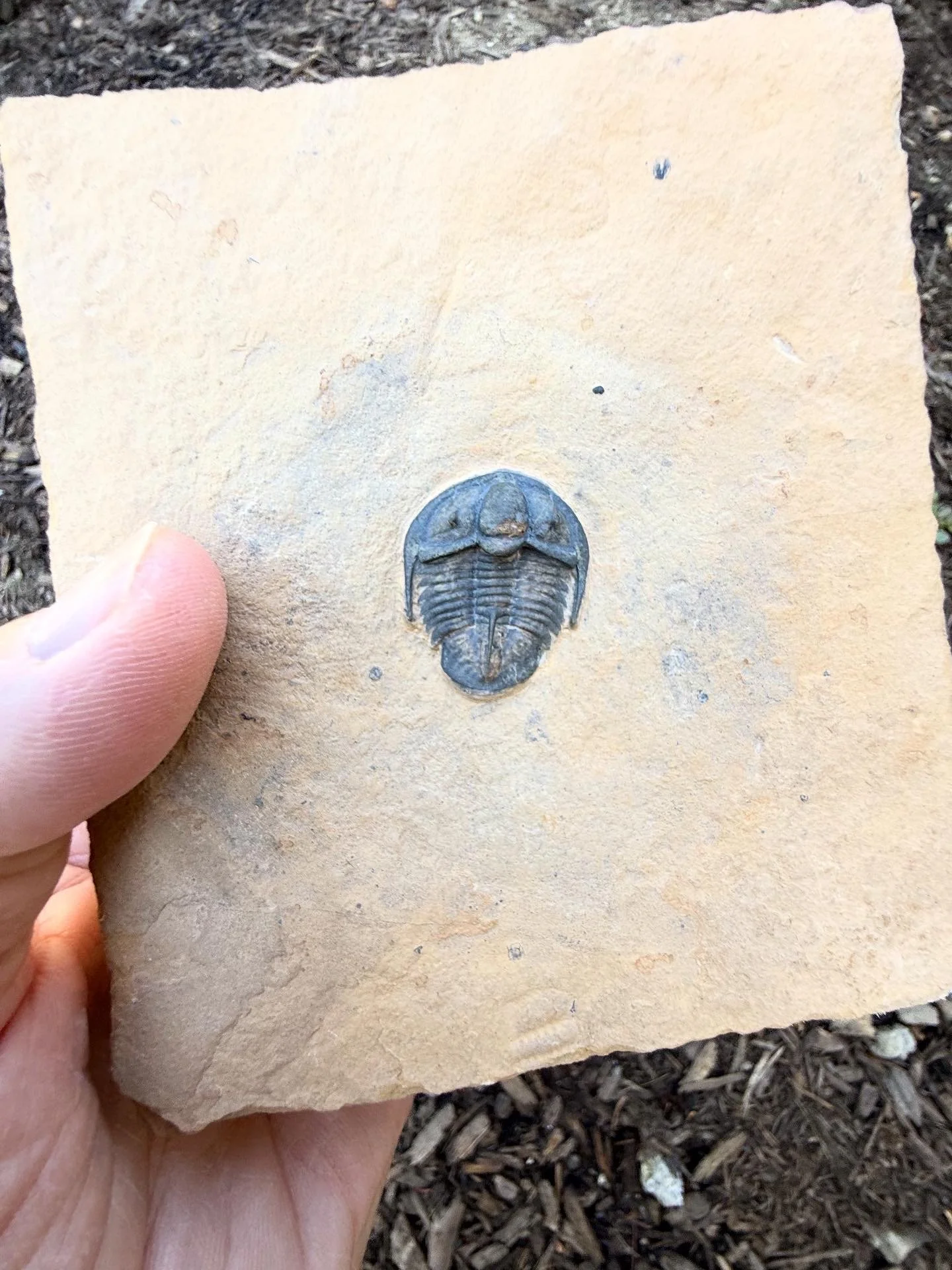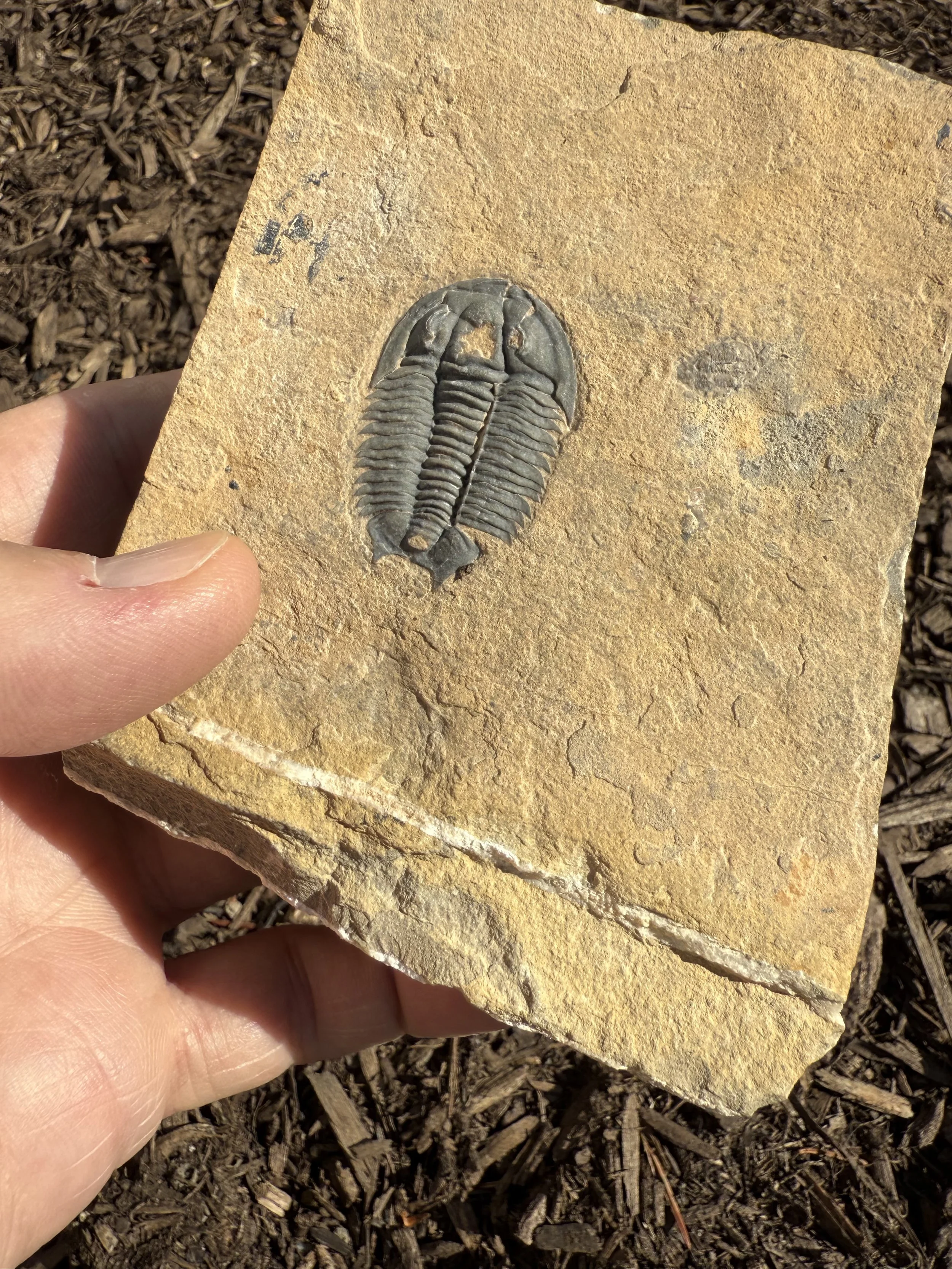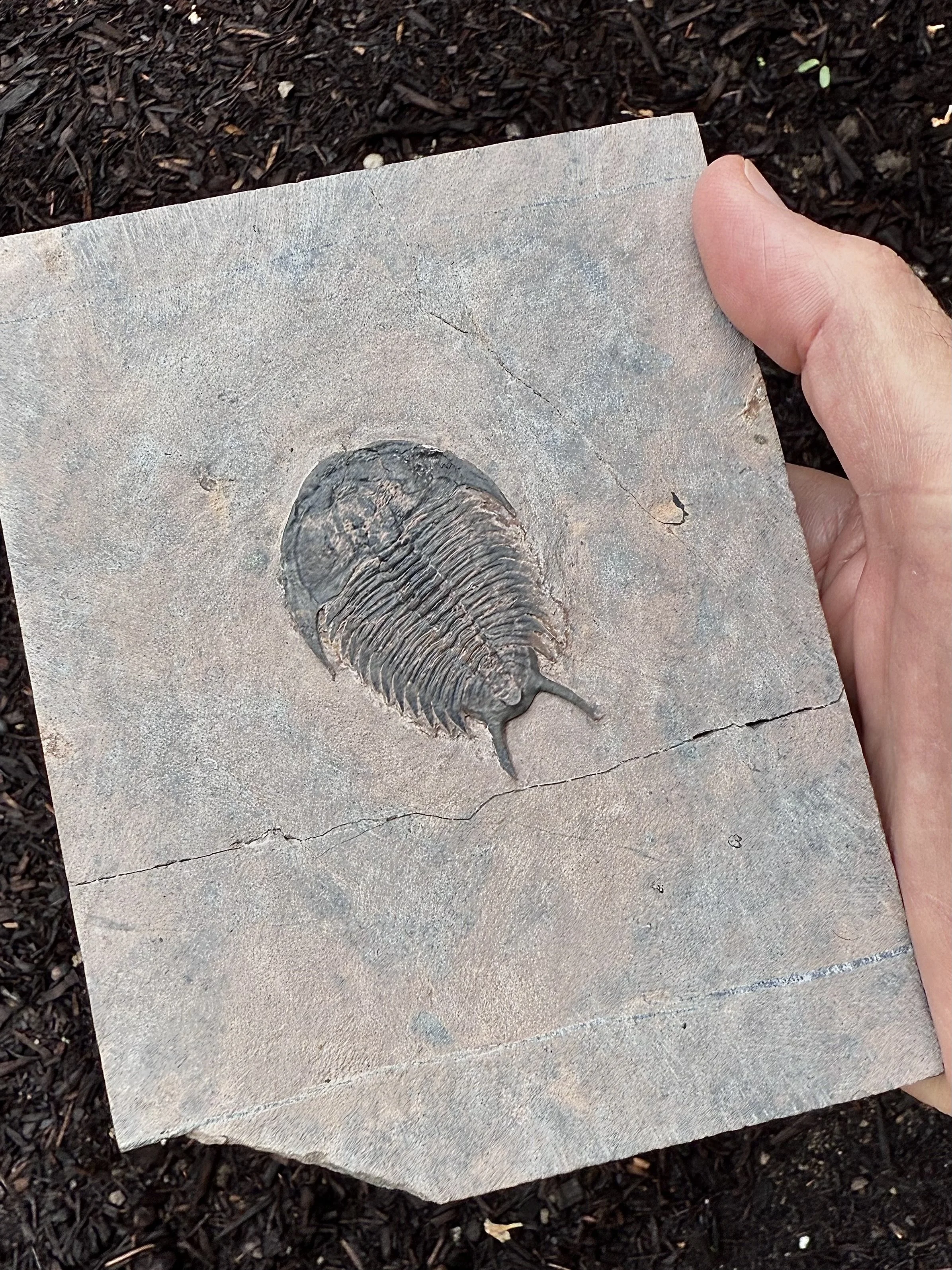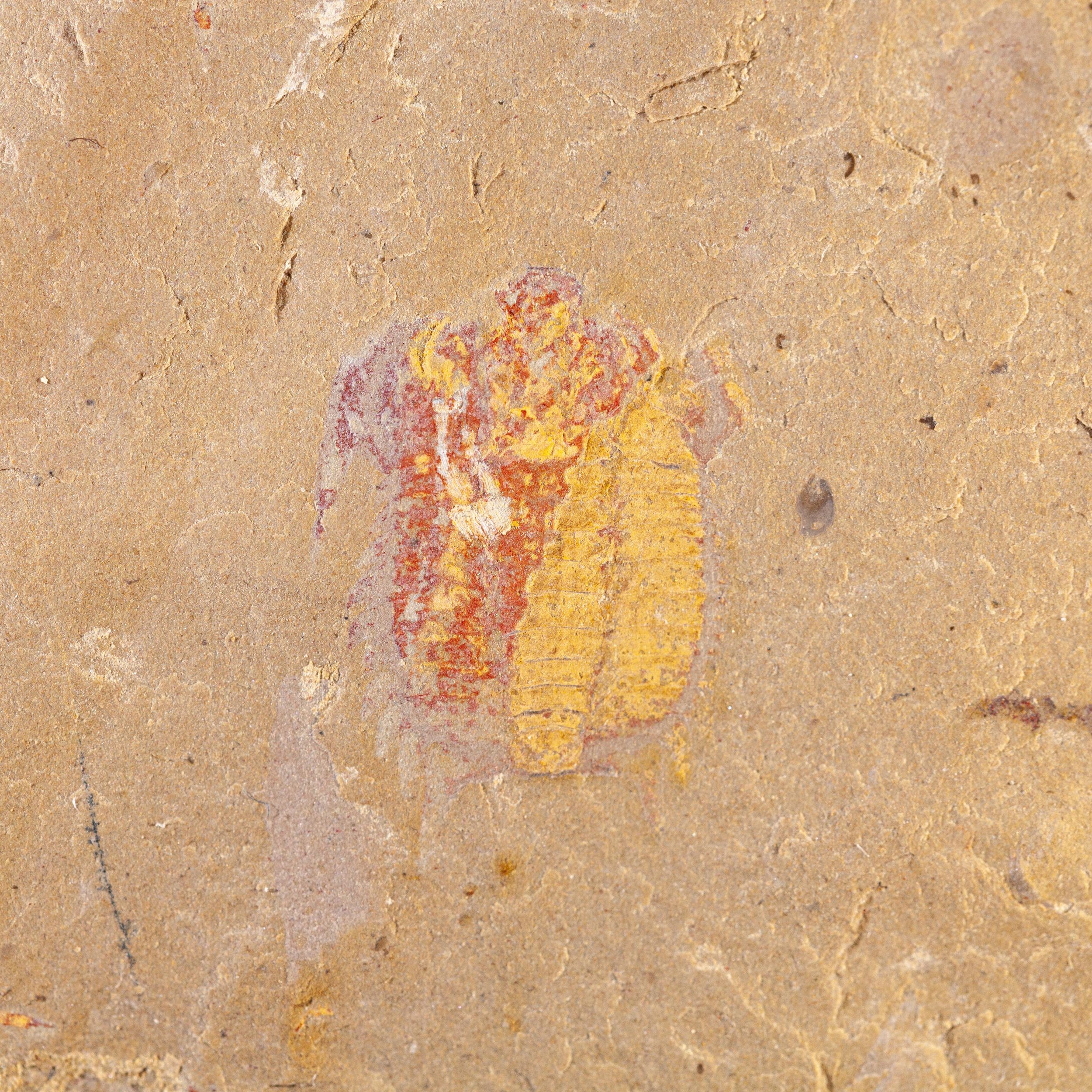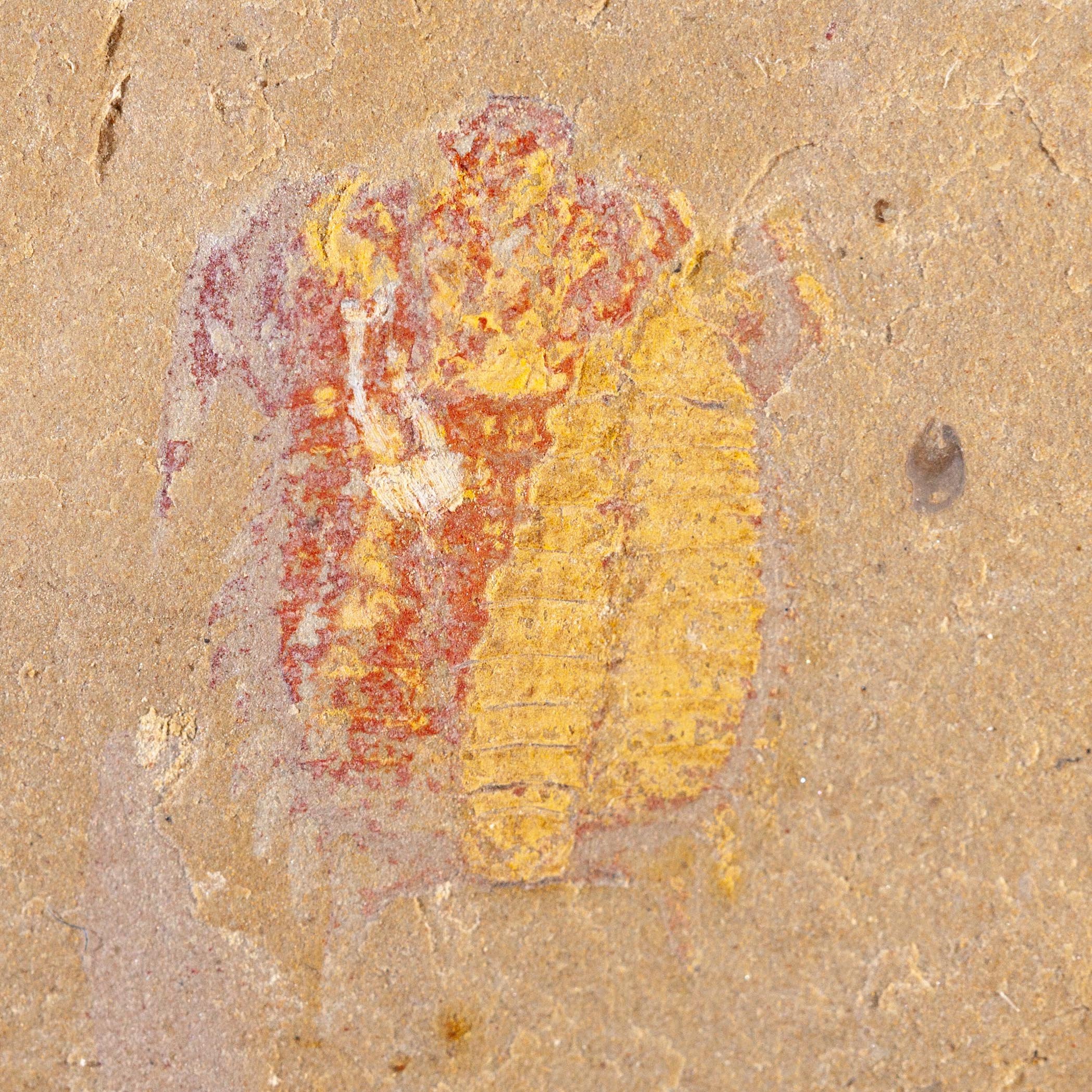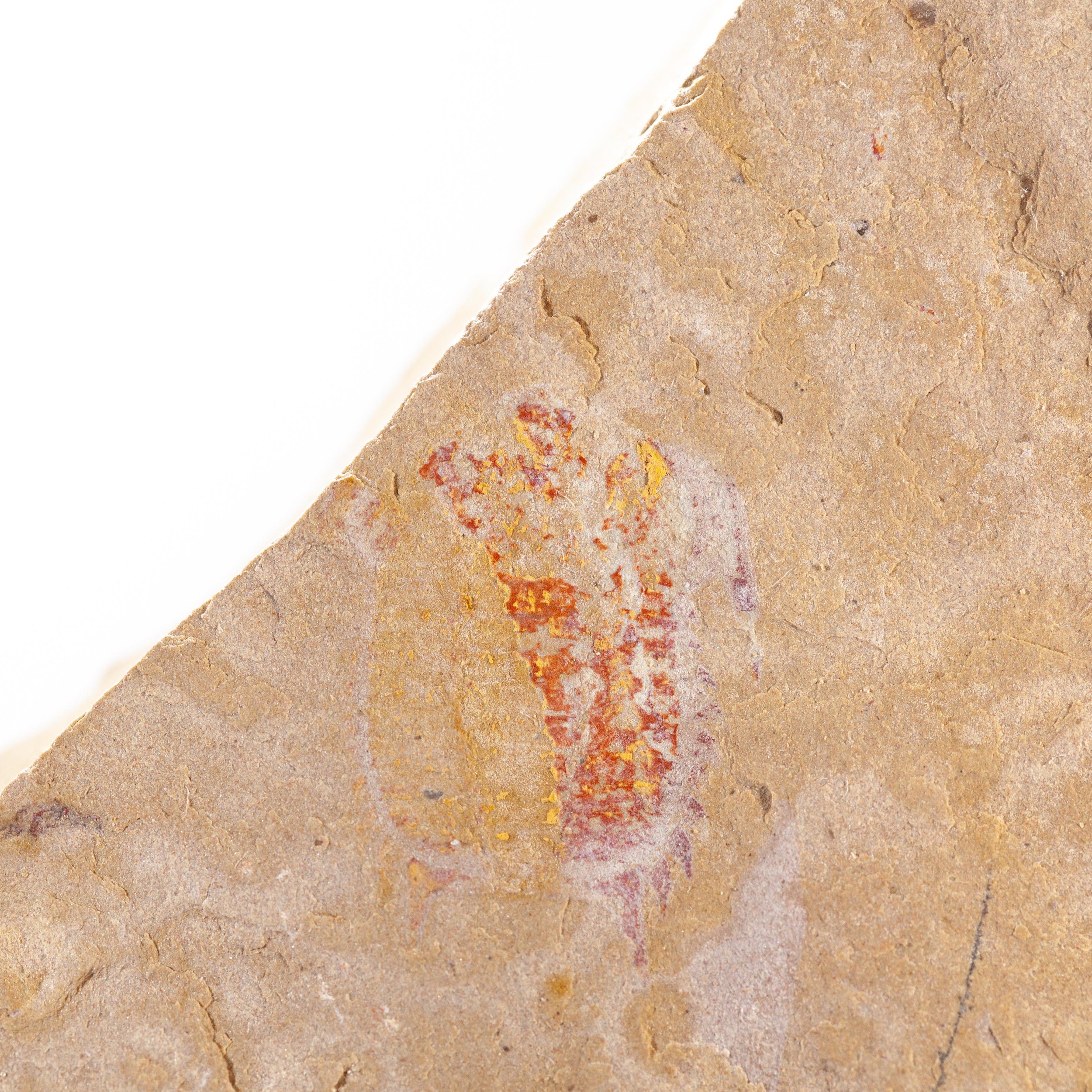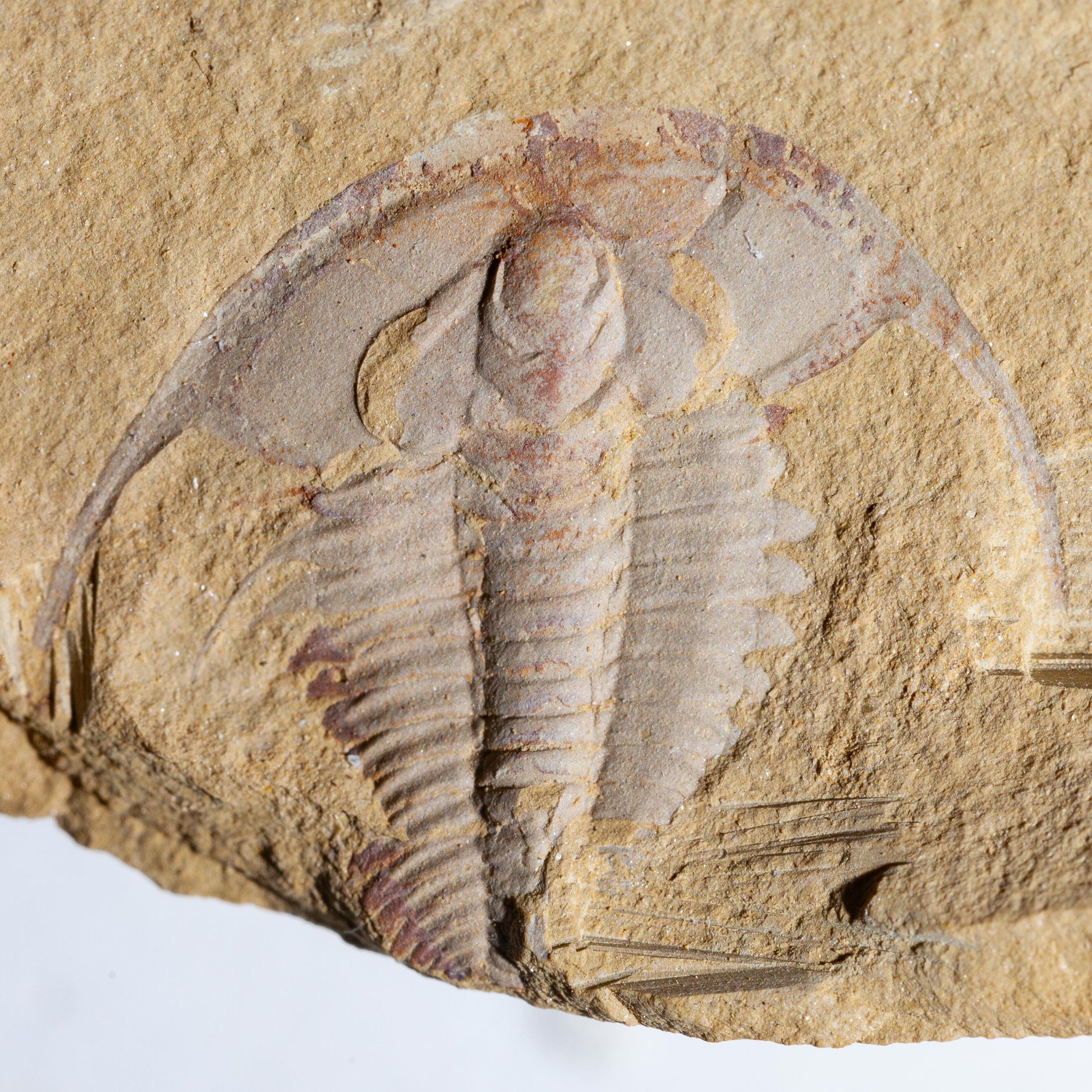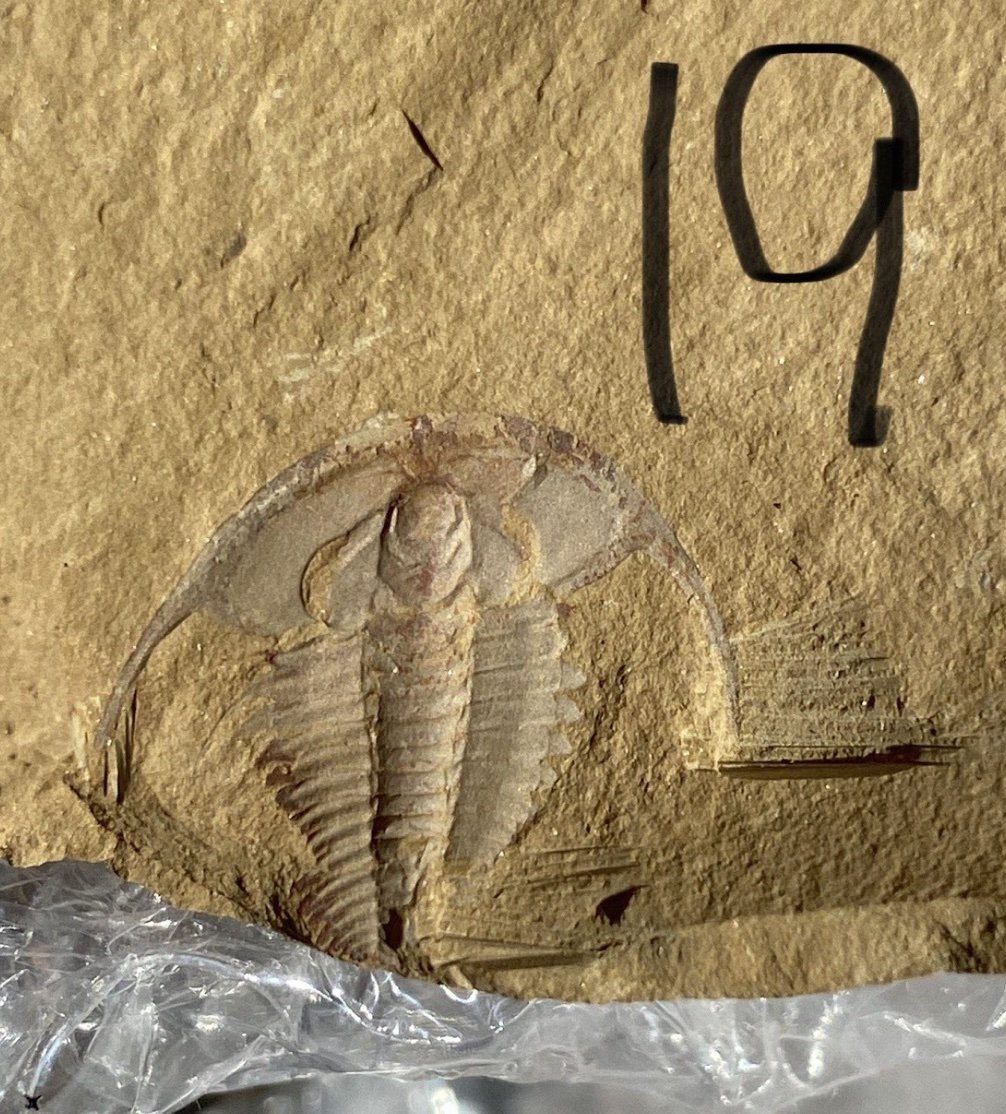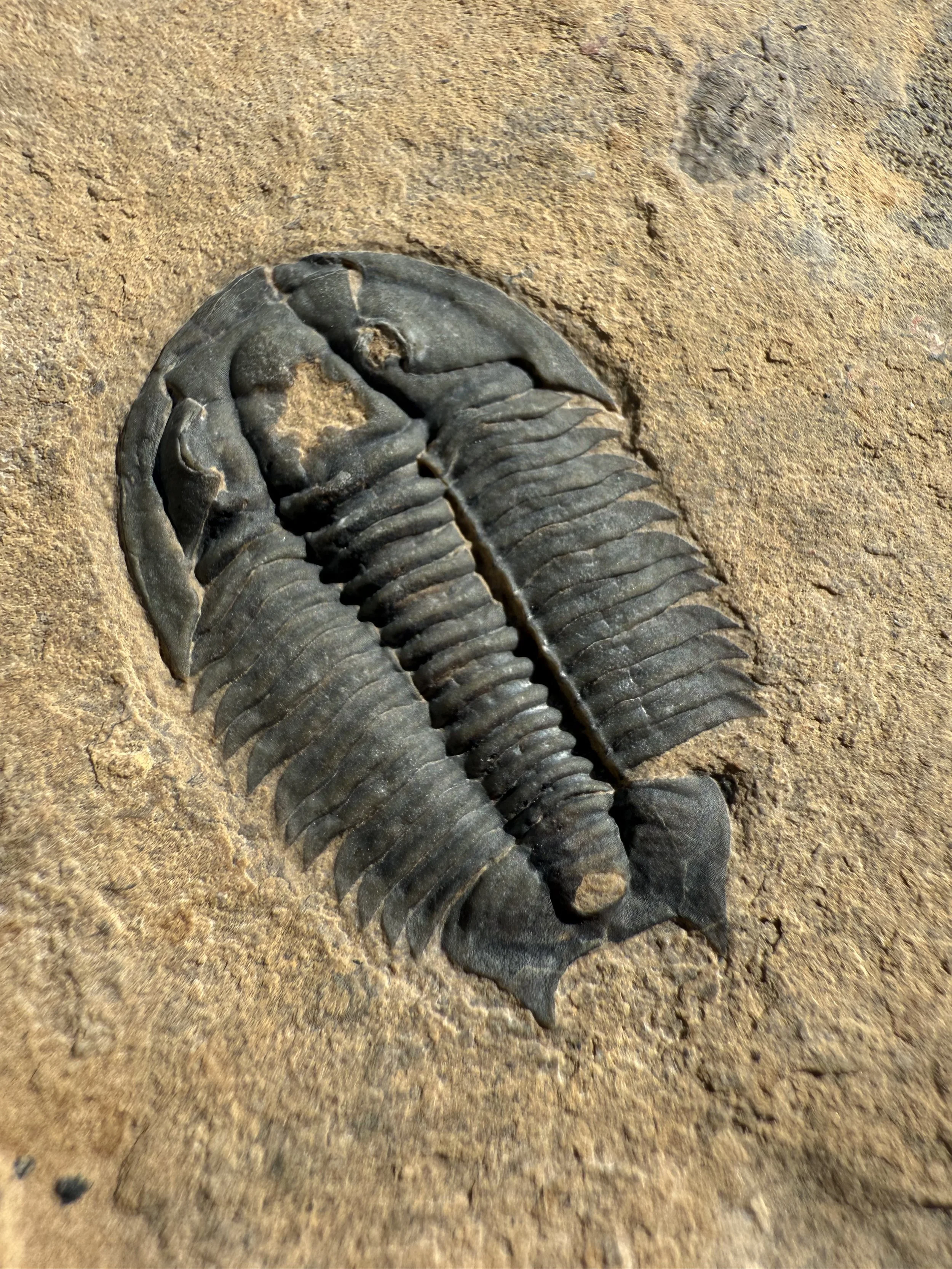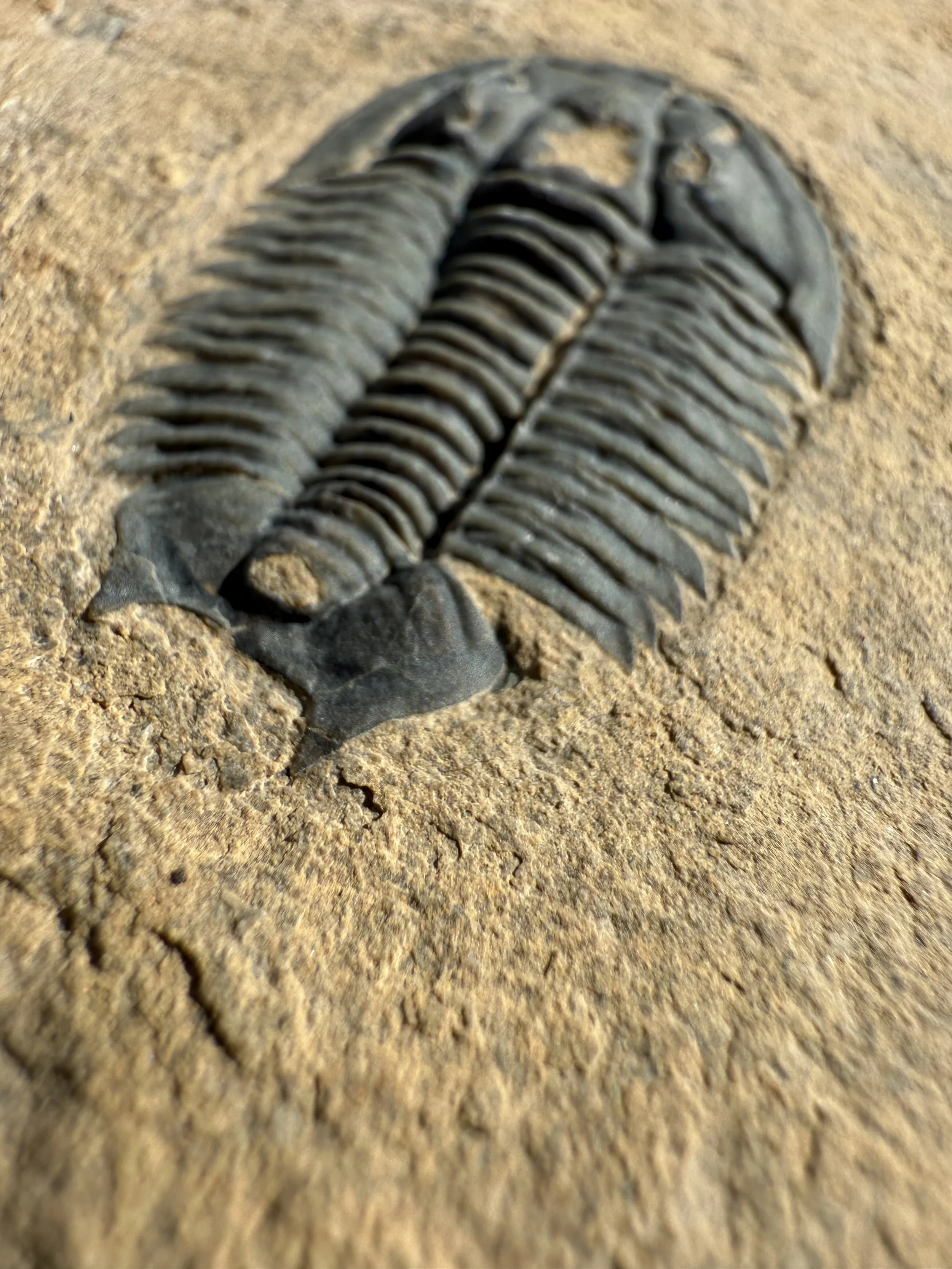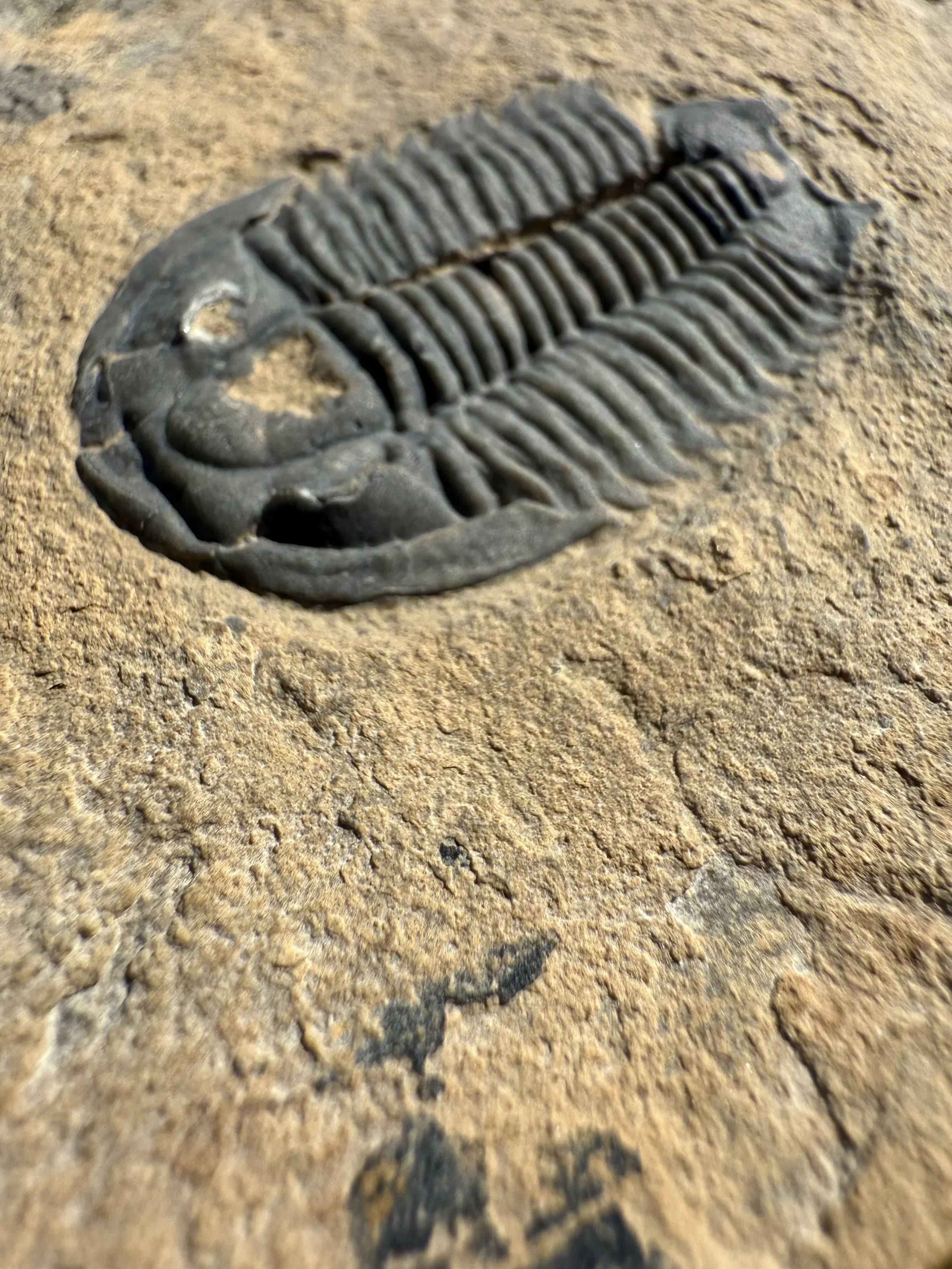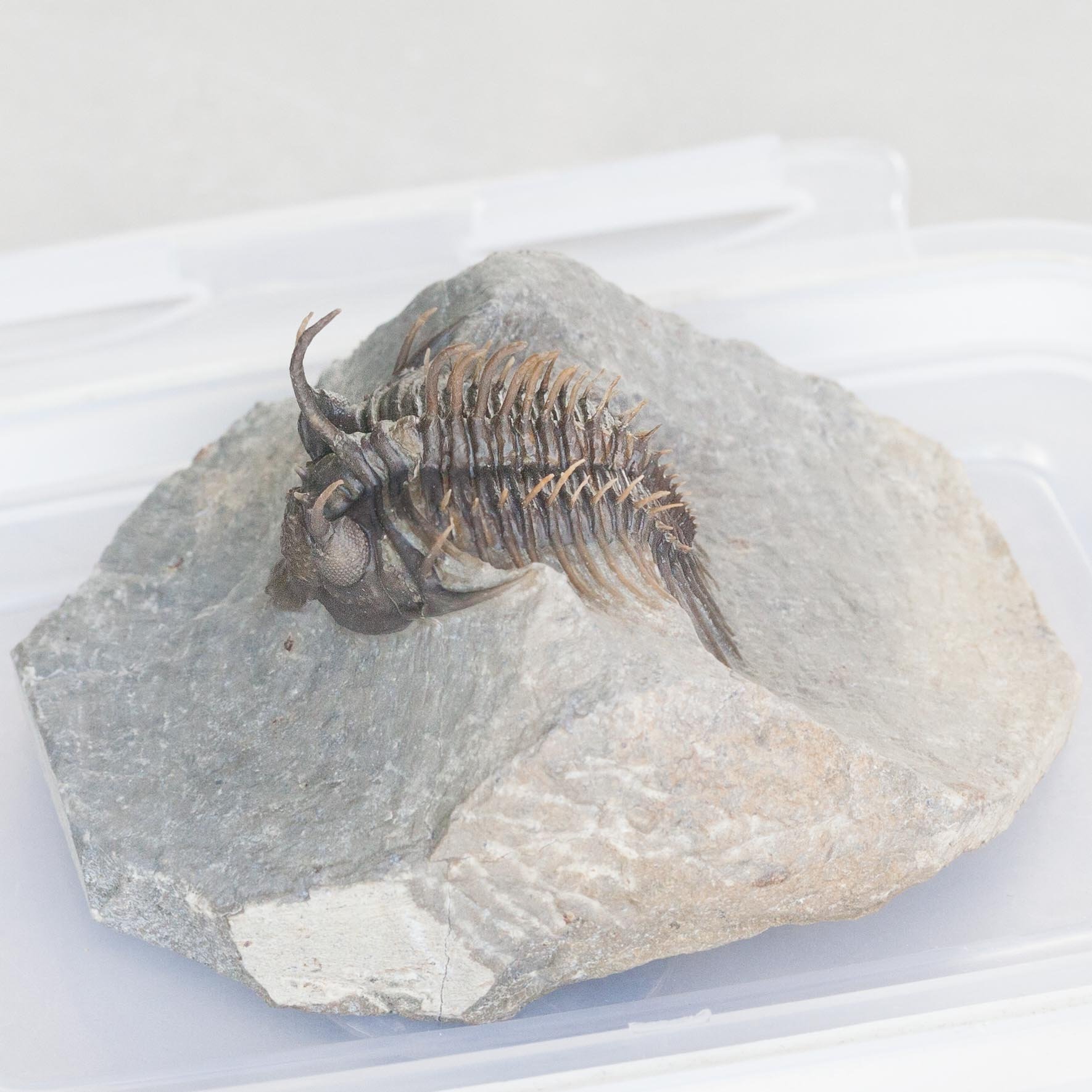 Image 1 of 6
Image 1 of 6

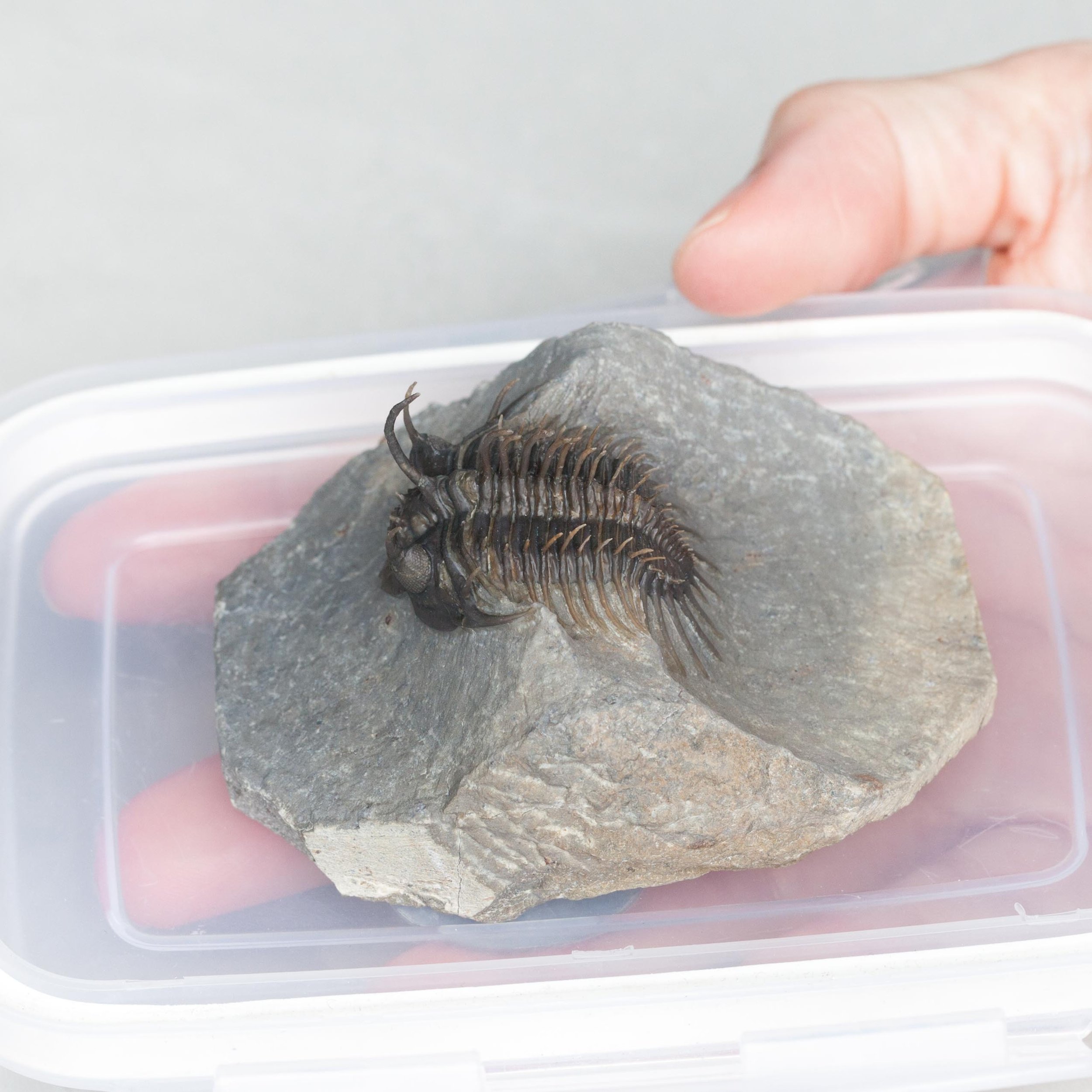 Image 2 of 6
Image 2 of 6

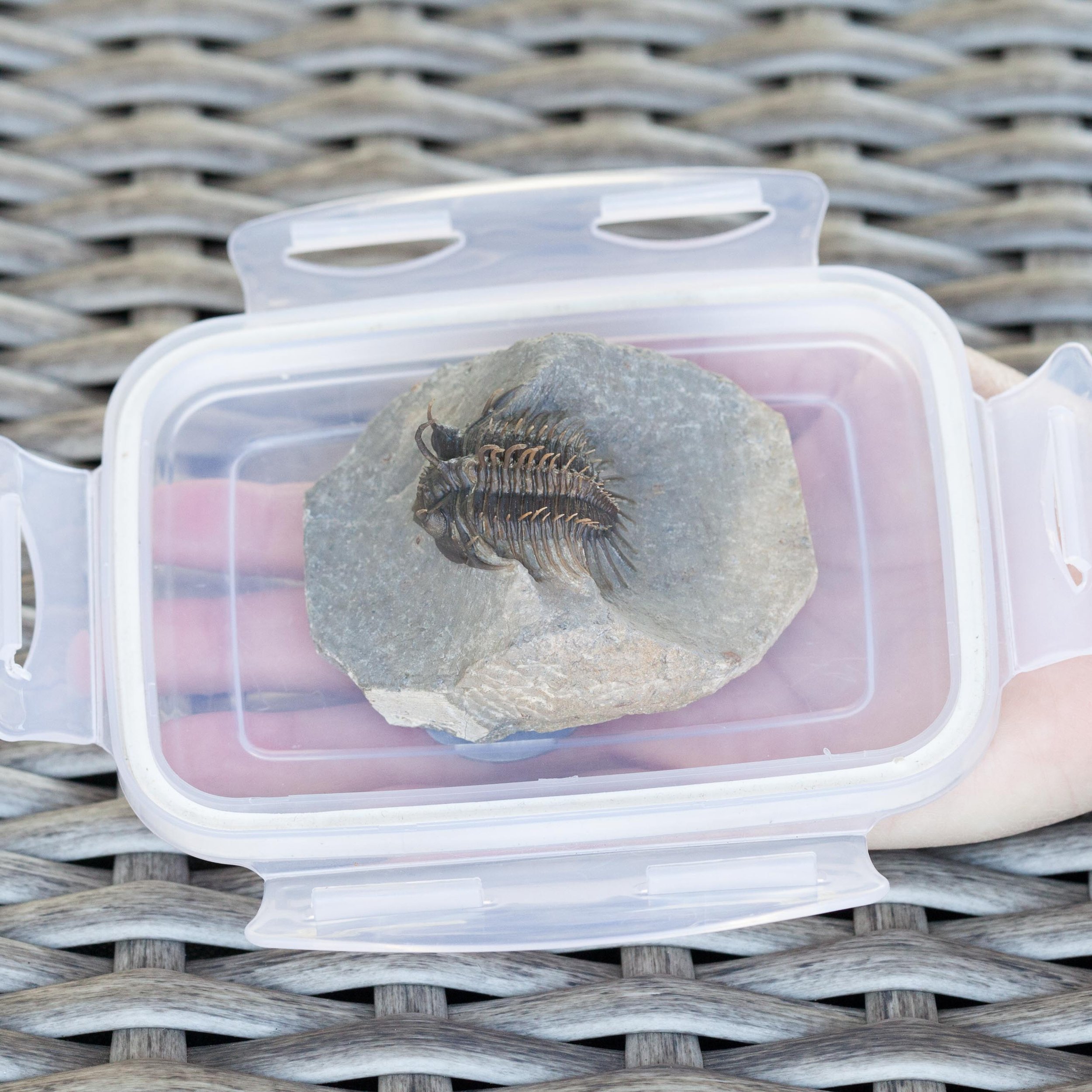 Image 3 of 6
Image 3 of 6

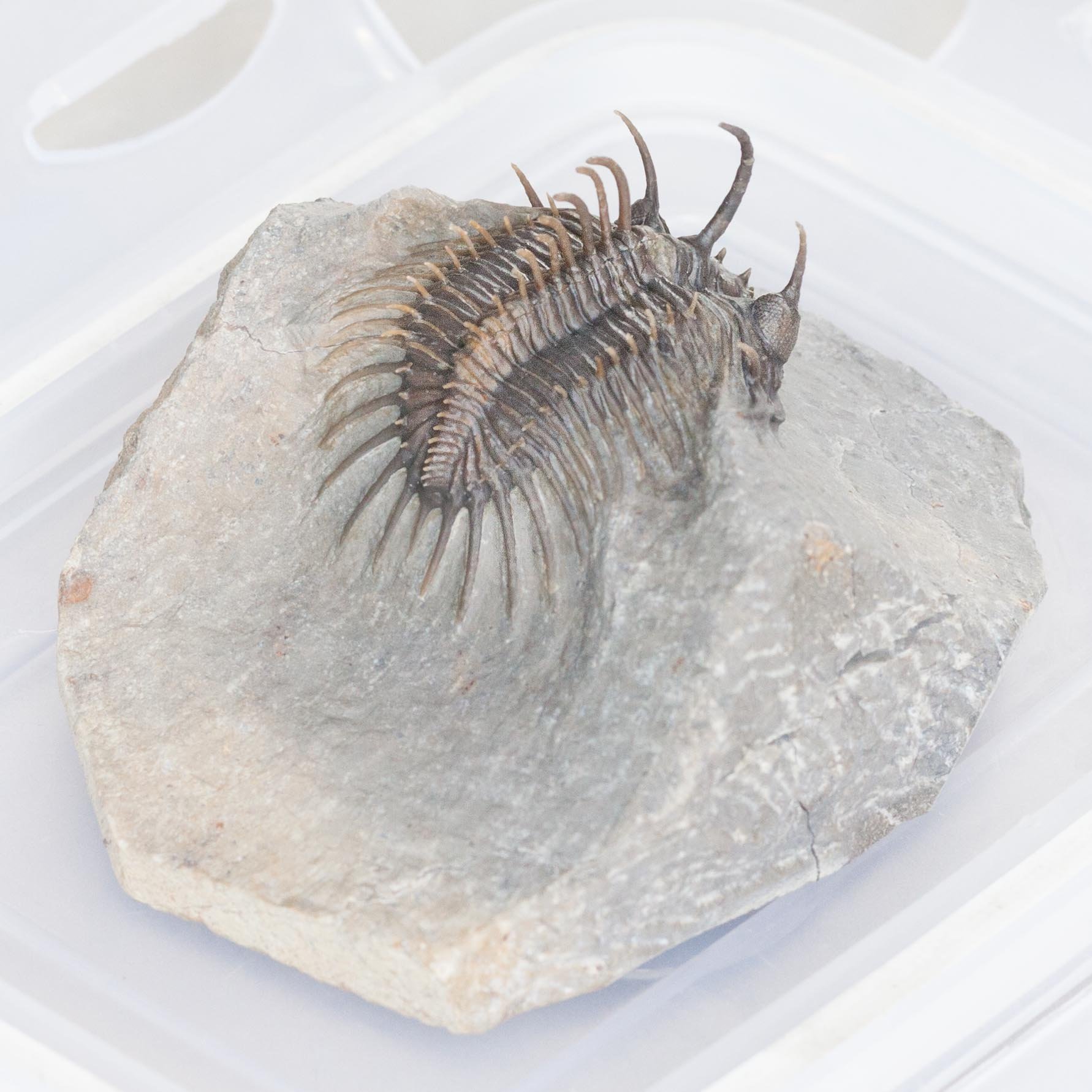 Image 4 of 6
Image 4 of 6

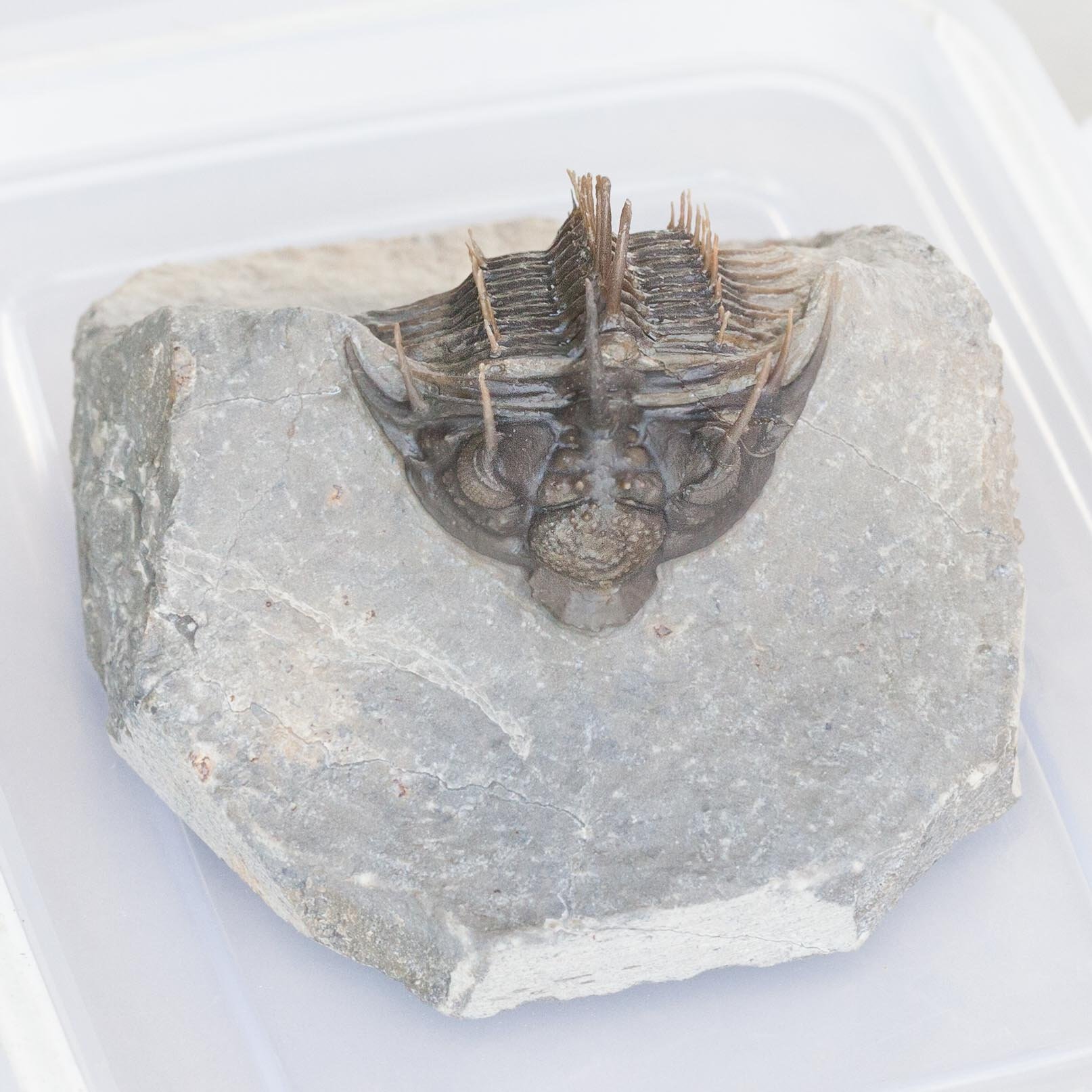 Image 5 of 6
Image 5 of 6

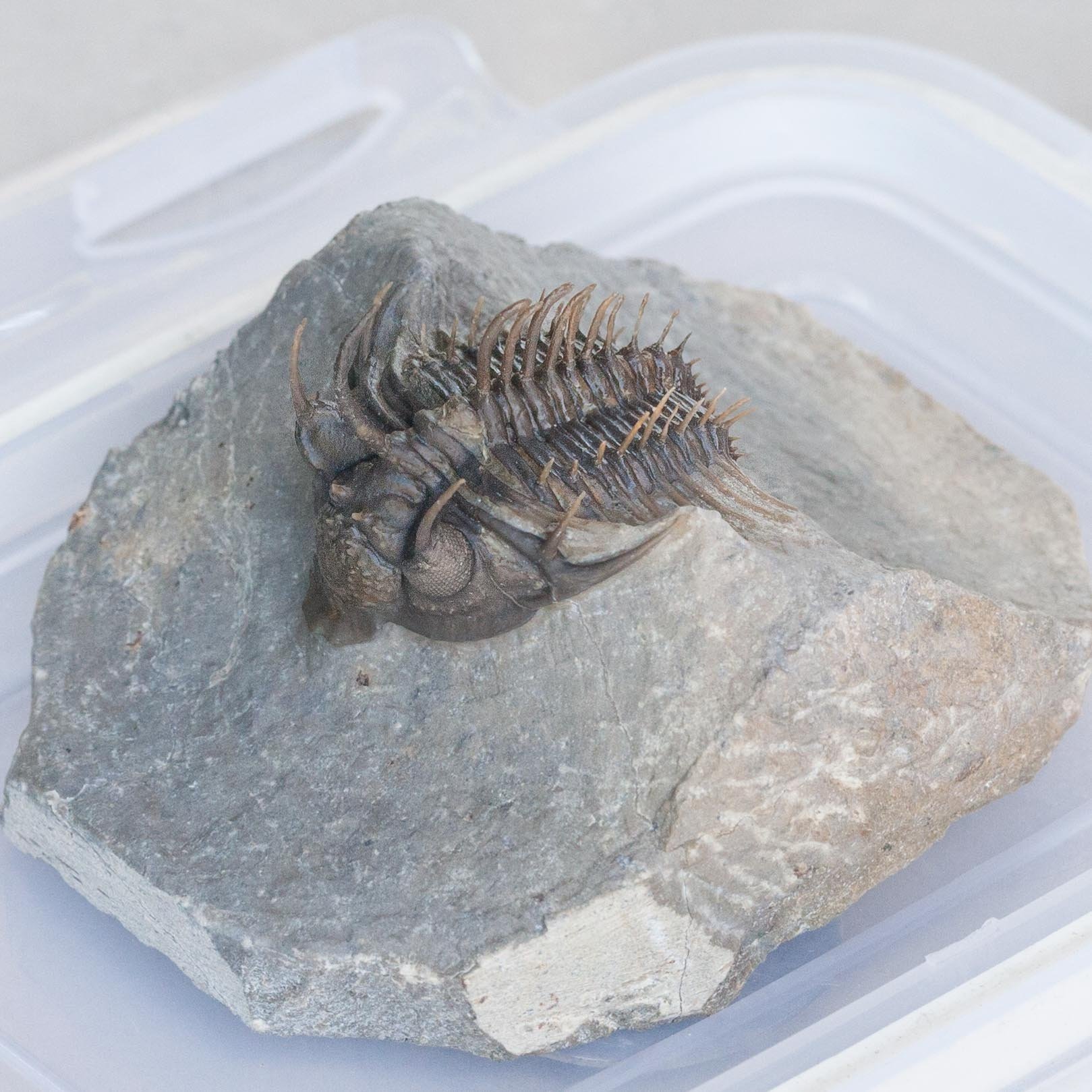 Image 6 of 6
Image 6 of 6







Comura bultyncki
Vendor: Fossil Soup
SKU Number: SQ6605440
An exquisite example of Comura bultyncki from the Tazoulait Formation of Oufaten, Morocco.
Fully outstretched and prone this would be approximately 5.3cm in size. The size on the matrix with the curved body length is 3.62 cm. These Devonian trilobites exhibit a large number of fine spines over the whole carapace that aided in the defense of the trilobite from predators.
This specimen was prepared in Morocco using pneumatic tools and many hours of work under a microscope. Like all trilobites from this region, and almost every other locality in the world, these fossils are found by cracking rock and exposing the contents on either side of the break.
It is a function of the process that these fossils are split into 2 parts during their collection and must be glued back together prior to preparation. Although considered a “repair”, It is also a characteristic you should expect to see and an aid in determining authenticity. The lack of a repair in the rock would lead to us to question the legitimacy of the fossil.
From our observations we were not able to see any indications of restoration. This fossil comes in the usual hard plastic container and is screwed to the base of the container by a fixture on the underside of the rock. This is the usual method for these delicate fossils. We ship these fossils well wrapped in bubble wrap and in larger padded boxes to ensure protection during transport. Rest assured that your purchase will arrive in perfect condition or we will offer a complete refund.
Full dimensions are listed below.
Vendor: Fossil Soup
SKU Number: SQ6605440
An exquisite example of Comura bultyncki from the Tazoulait Formation of Oufaten, Morocco.
Fully outstretched and prone this would be approximately 5.3cm in size. The size on the matrix with the curved body length is 3.62 cm. These Devonian trilobites exhibit a large number of fine spines over the whole carapace that aided in the defense of the trilobite from predators.
This specimen was prepared in Morocco using pneumatic tools and many hours of work under a microscope. Like all trilobites from this region, and almost every other locality in the world, these fossils are found by cracking rock and exposing the contents on either side of the break.
It is a function of the process that these fossils are split into 2 parts during their collection and must be glued back together prior to preparation. Although considered a “repair”, It is also a characteristic you should expect to see and an aid in determining authenticity. The lack of a repair in the rock would lead to us to question the legitimacy of the fossil.
From our observations we were not able to see any indications of restoration. This fossil comes in the usual hard plastic container and is screwed to the base of the container by a fixture on the underside of the rock. This is the usual method for these delicate fossils. We ship these fossils well wrapped in bubble wrap and in larger padded boxes to ensure protection during transport. Rest assured that your purchase will arrive in perfect condition or we will offer a complete refund.
Full dimensions are listed below.
Additional Information
Comura is a spiney Devonian trilobite from Morocco.
There are a large number of spines on almost every surface of Comura, including spines that extend vertically from the axial and pleural lobes, the shields above the eyes and elsewhere on the cephalon. Spines also extend horizontally from the ends of the pleura and pygidium. The genal spines are long and there is a central swept back spine where the occipital lobe is located.
Trilobites developed defense mechanisms to protect them against an ever growing number of predators in the oceans. In response to the growing danger they developed rudimentary spines reasonably early in the Cambrian period, but the proliferation of larger and more imposing spines reached its apex in the Devonian.
Trilobites developed defense mechanisms to protect them against an ever growing number of predators in the oceans. In response to the growing danger they developed rudimentary spines reasonably early in the Cambrian period, but the proliferation of larger and more imposing spines reached its apex in the Devonian. Comura has large spines that extend vertically from each segment of the axial lobe.
References:
